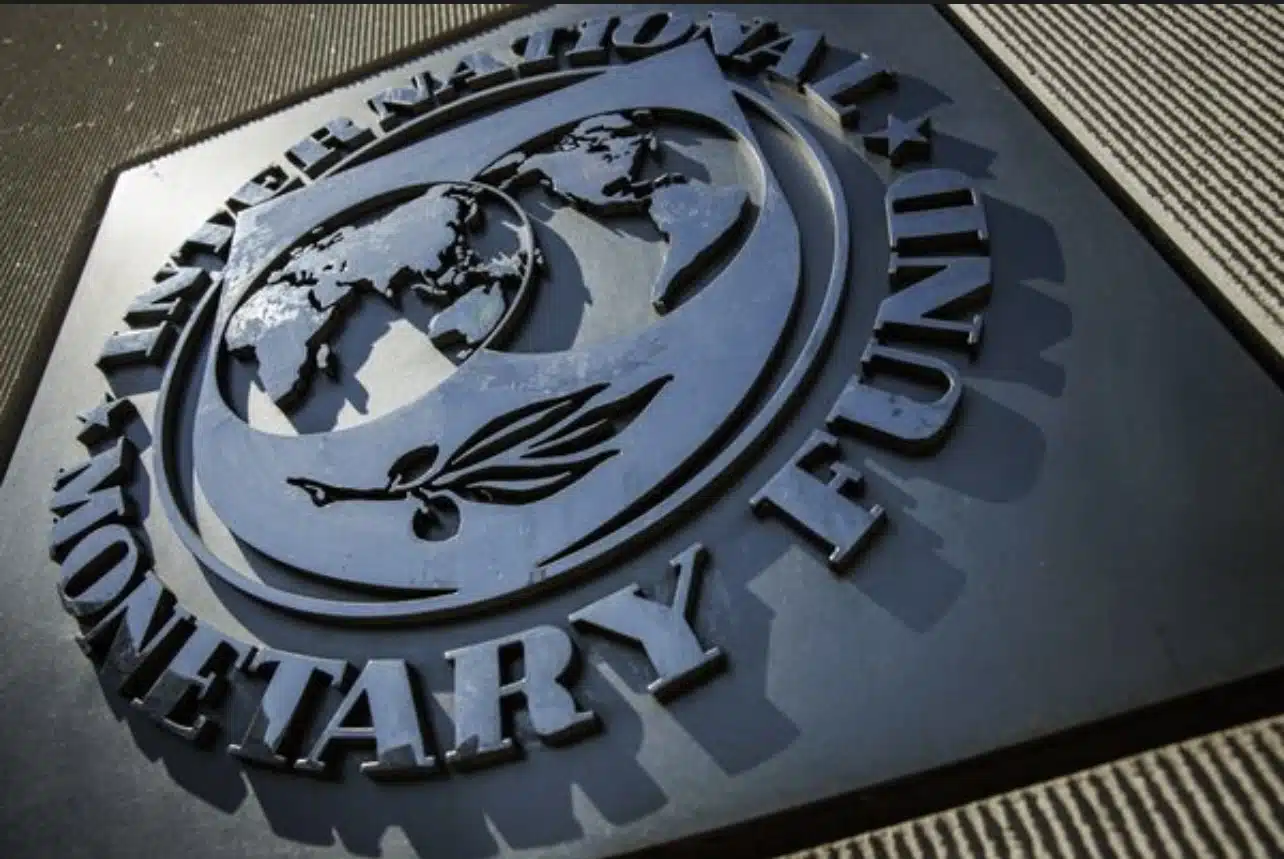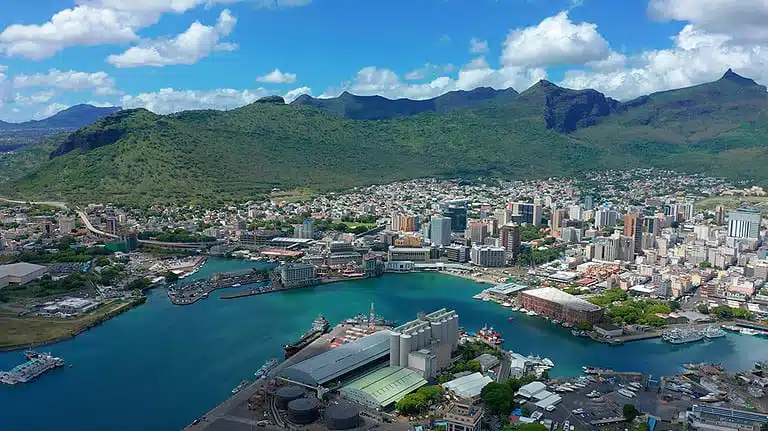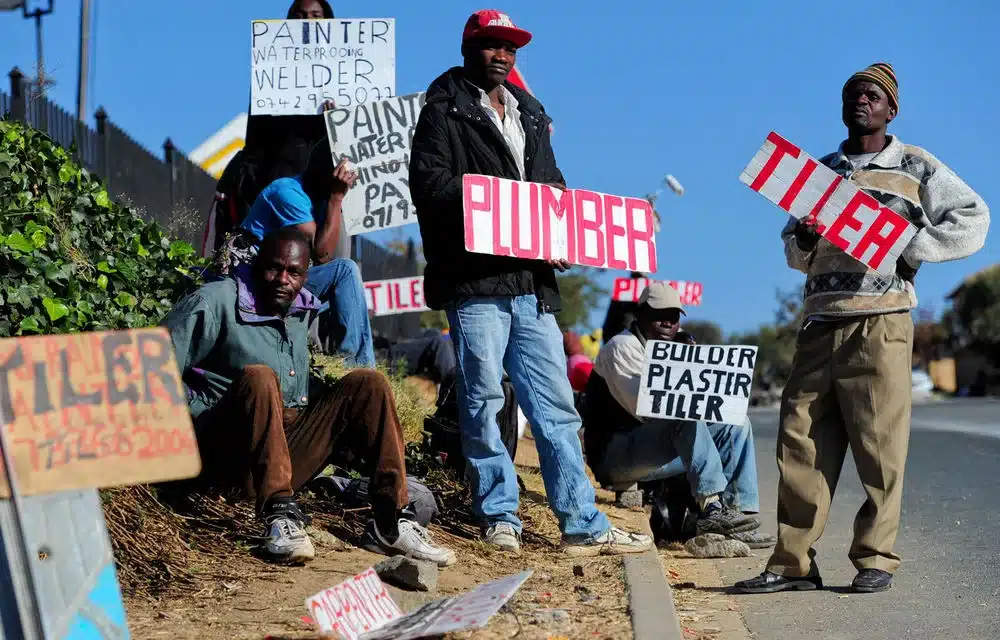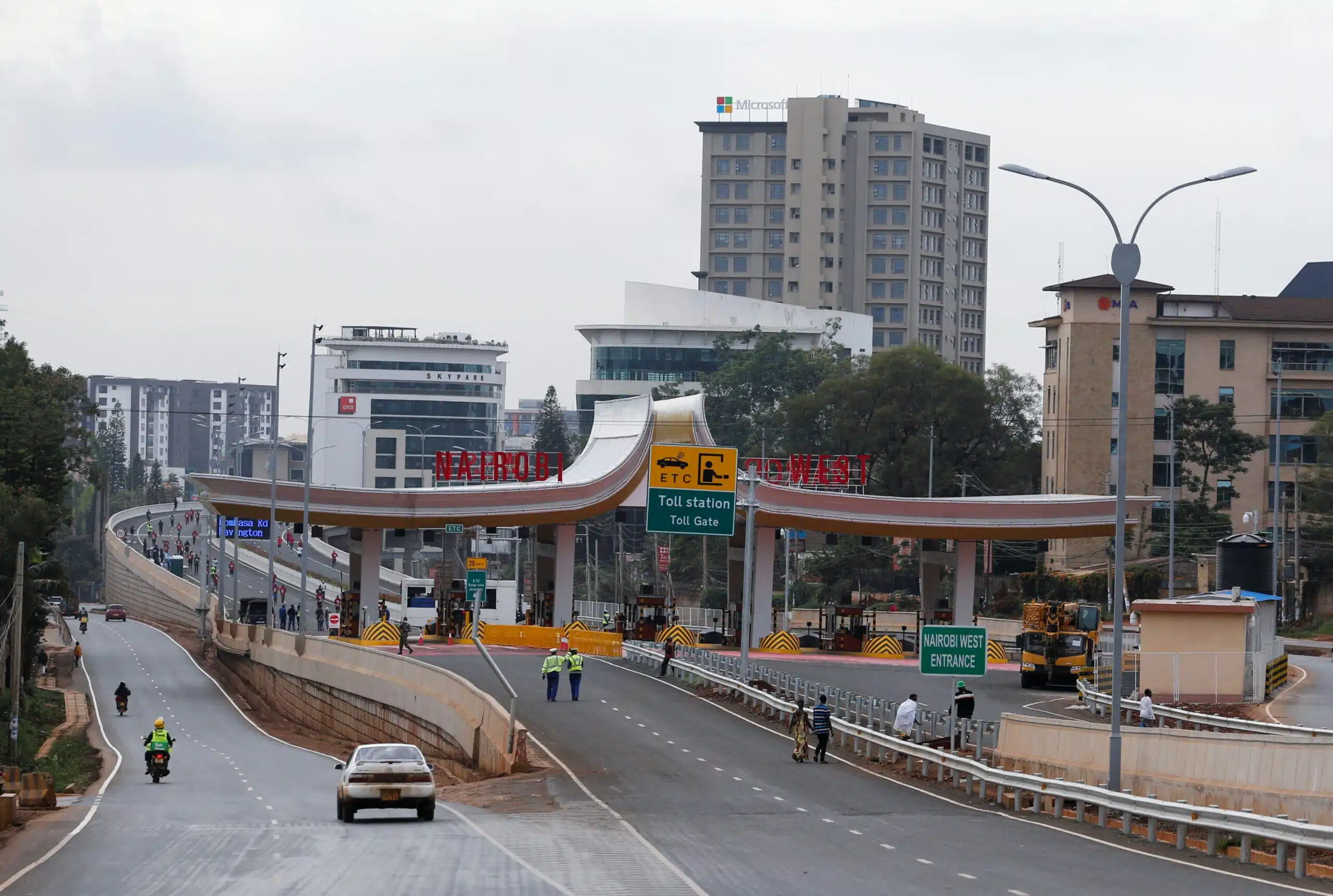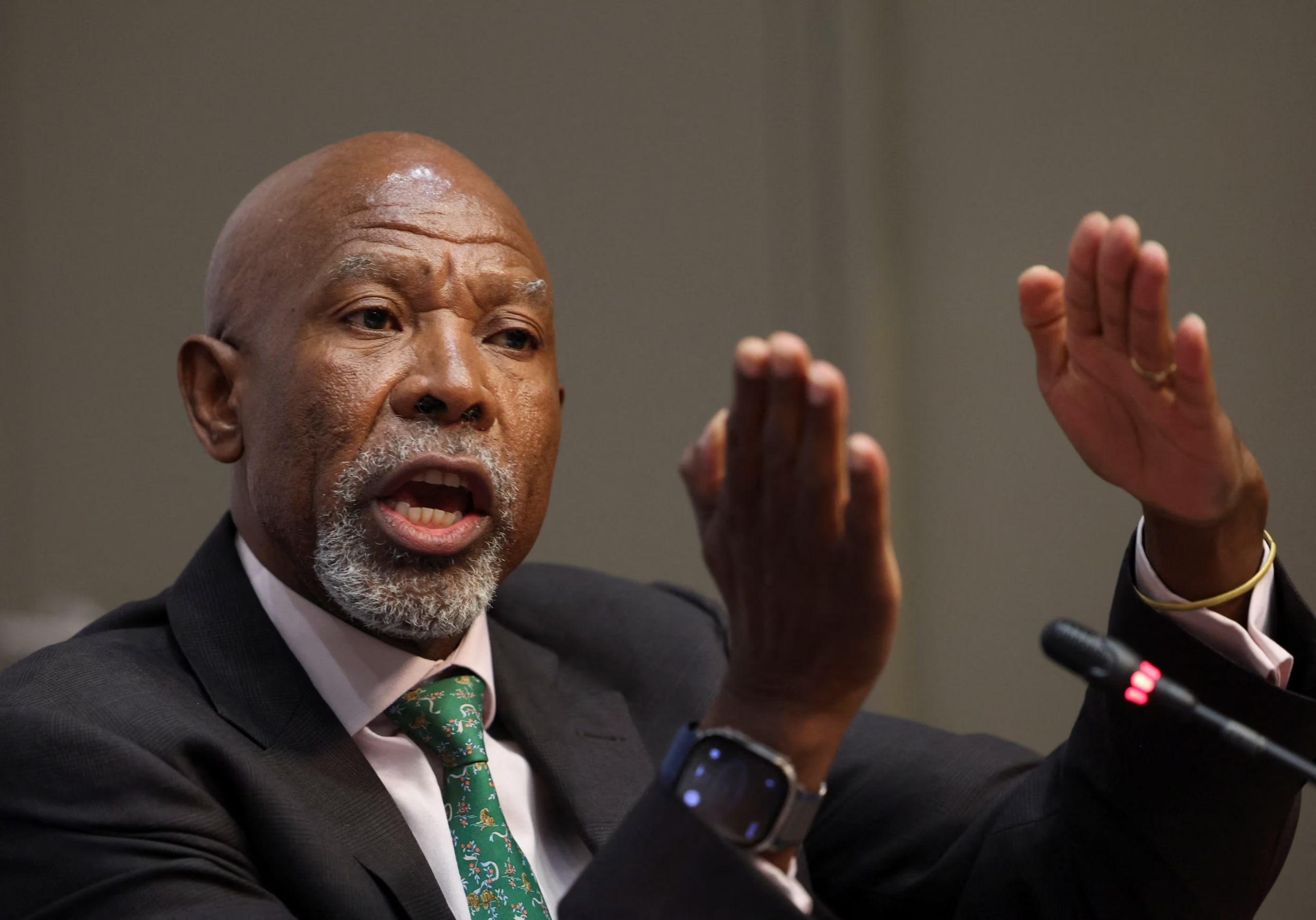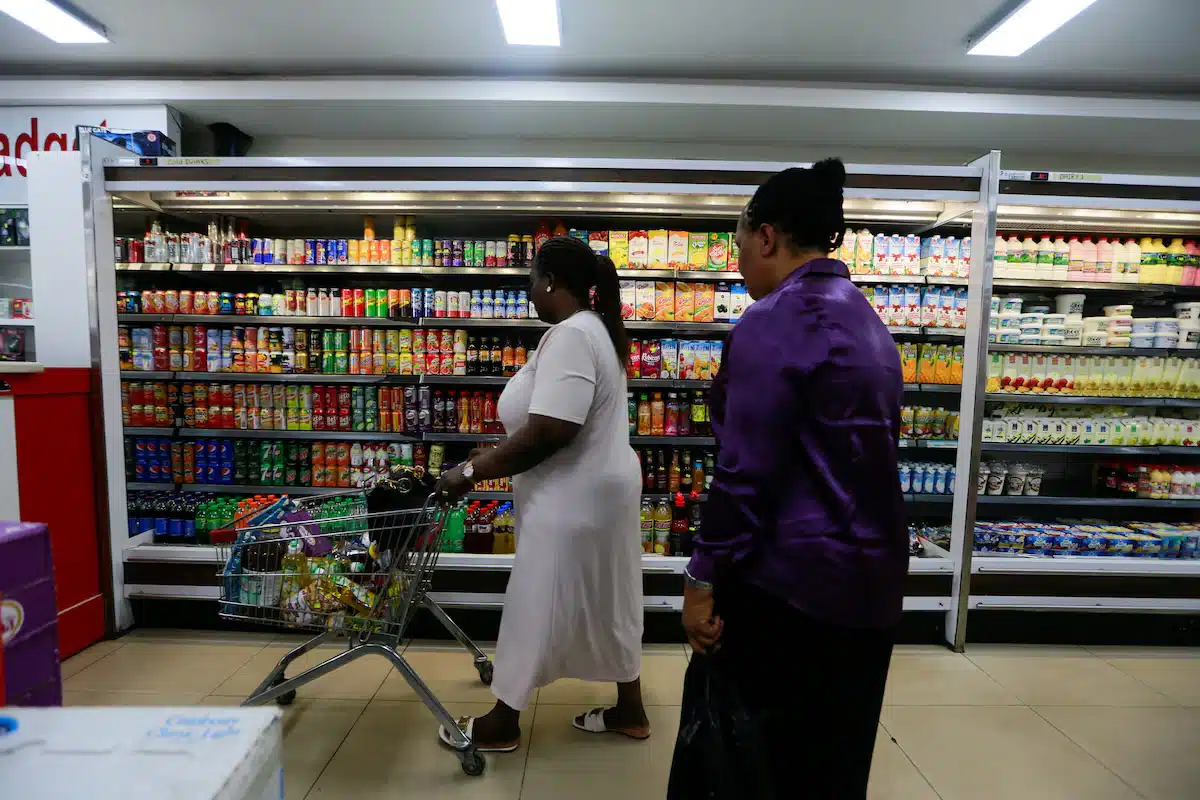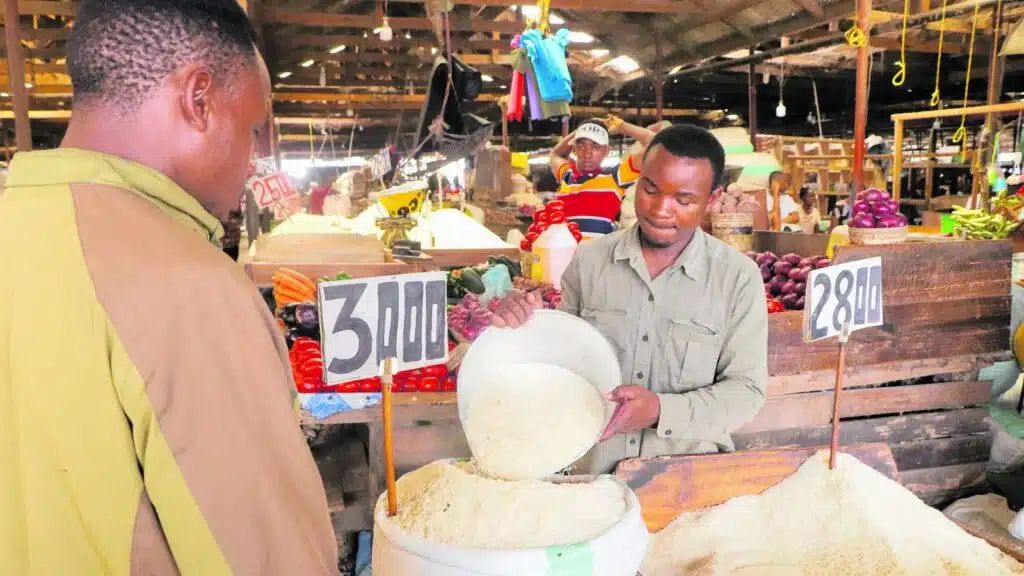Countries across sub-Saharan Africa (SSA) are set to lose about $4.2 billion in external financing in 2025, representing a 7% decline from 2023 levels, according to a new report by the International Monetary Fund (IMF).
The sharp drop underscores the growing strain on a region already battling limited fiscal space, rising debt, and slowing economic momentum.
The IMF said that the loss in funding reflects projections by the Organization for Economic Co-operation and Development (OECD), which anticipates Official Development Assistance (ODA) to decline by 9-17% this year. The decline in concessional aid is part of a broader retrenchment in external capital flows to the continent, as global investors grow increasingly risk-averse.
External financing—ranging from Foreign Direct investment (FDI) and concessional loans to remittances and official aid—plays a critical role in financing economic development across Africa. For many low-income countries in the region, such funds help compensate for insufficient domestic savings, support capital investment, and cover persistent balance of payments deficits.
However, the IMF warns that this crucial source of funding is drying up at a time when countries need it the most. Its latest report, titled “Tax Expenditures in Sub-Saharan Africa,” highlights how the confluence of global trade disruptions, debt pressures, and weak investor sentiment is tightening financial conditions across the region.
“Capital inflows have also slowed, reflecting both heightened risk aversion among investors and reduced appetite for frontier market debt, further tightening financing conditions for SSA economies,” the Fund noted. “These external shocks have had broad macro-fiscal consequences for the region.”
The report identifies several interconnected challenges: rising debt burdens, volatile commodity prices, and exchange rate depreciation, all of which have undermined fiscal stability.
First, public debt and debt service obligations have surged, fueled by the combination of higher borrowing costs and weaker local currencies against the US dollar. Several African currencies have lost significant value in the past year, inflating the cost of servicing external debt.
Second, commodity price swings, especially for oil-importing nations, have further eroded fiscal space. Many governments have been forced to contend with larger import bills and energy subsidies, putting pressure on already stretched budgets.
Third, as concessional financing sources shrink, governments have increasingly turned to domestic borrowing—often at steep interest rates—to fund critical services and infrastructure. This, in turn, crowds out private sector lending and amplifies fiscal vulnerabilities.
“In this context, improving domestic revenue mobilisation is not just an imperative for long-term fiscal sustainability; it is increasingly a near-term necessity,” the IMF said.
One key recommendation from the Fund is the reduction of inefficient tax expenditures, such as exemptions, deductions, or credits that narrow the tax base without corresponding economic benefit.
“Reining in tax expenditures—especially those that are poorly targeted or regressive—can be a key part of this adjustment, helping expand the tax base while preserving equity and fostering accountability in public finance,” the report said.
Slow progress on revenue mobilisation
Despite progress in expanding domestic revenue over the past two decades, the IMF observed that revenue mobilisation has plateaued in recent years. The region’s median total revenue-to-GDP ratio rose from about 13% in 2000 to 16% in 2019, but slipped back to around 14% in 2022 following the COVID-19 pandemic.
“The improvement was driven mostly by tax revenue,” the IMF noted, emphasising that much of the momentum gained before the pandemic has since dissipated due to weak economic recovery and mounting fiscal pressures.
As of 2022, 18 countries in SSA had achieved revenue-to-GDP ratios above 13% —the minimum threshold often cited as necessary for accelerating growth and development. The top performers are predominantly from Southern Africa, where more diversified economies and stronger tax administrations have supported higher revenue collection.
However, for many low-income and fragile states, the picture remains bleak. Limited administrative capacity, large informal sectors, and extensive tax exemptions continue to constrain governments’ ability to raise revenue effectively.
The multilateral lender argues that a comprehensive assessment and costing of tax expenditures is essential to build more sustainable fiscal frameworks. “Less is known about the extent and cost (in terms of forgone revenue) of tax expenditures in sub-Saharan Africa than in other regions,” it said.
Fiscal choices ahead
The expected $4.2 billion decline in external funding adds to the urgency for policymakers to strike a balance between maintaining fiscal stability and supporting economic growth. Many governments face difficult trade-offs—cutting public spending risks undermining development gains, while further borrowing could deepen debt distress.
The IMF’s warning comes amid a broader reassessment of Africa’s financing model. With global capital markets tightening and concessional flows receding, the region’s reliance on external financing is increasingly unsustainable.
Strengthening domestic revenue systems, improving public financial management, and curbing inefficient fiscal incentives are now seen as central to safeguarding macroeconomic stability.
Ultimately, as the IMF concludes, “enhancing domestic resource mobilisation is not merely a fiscal reform—it is a development imperative.”

